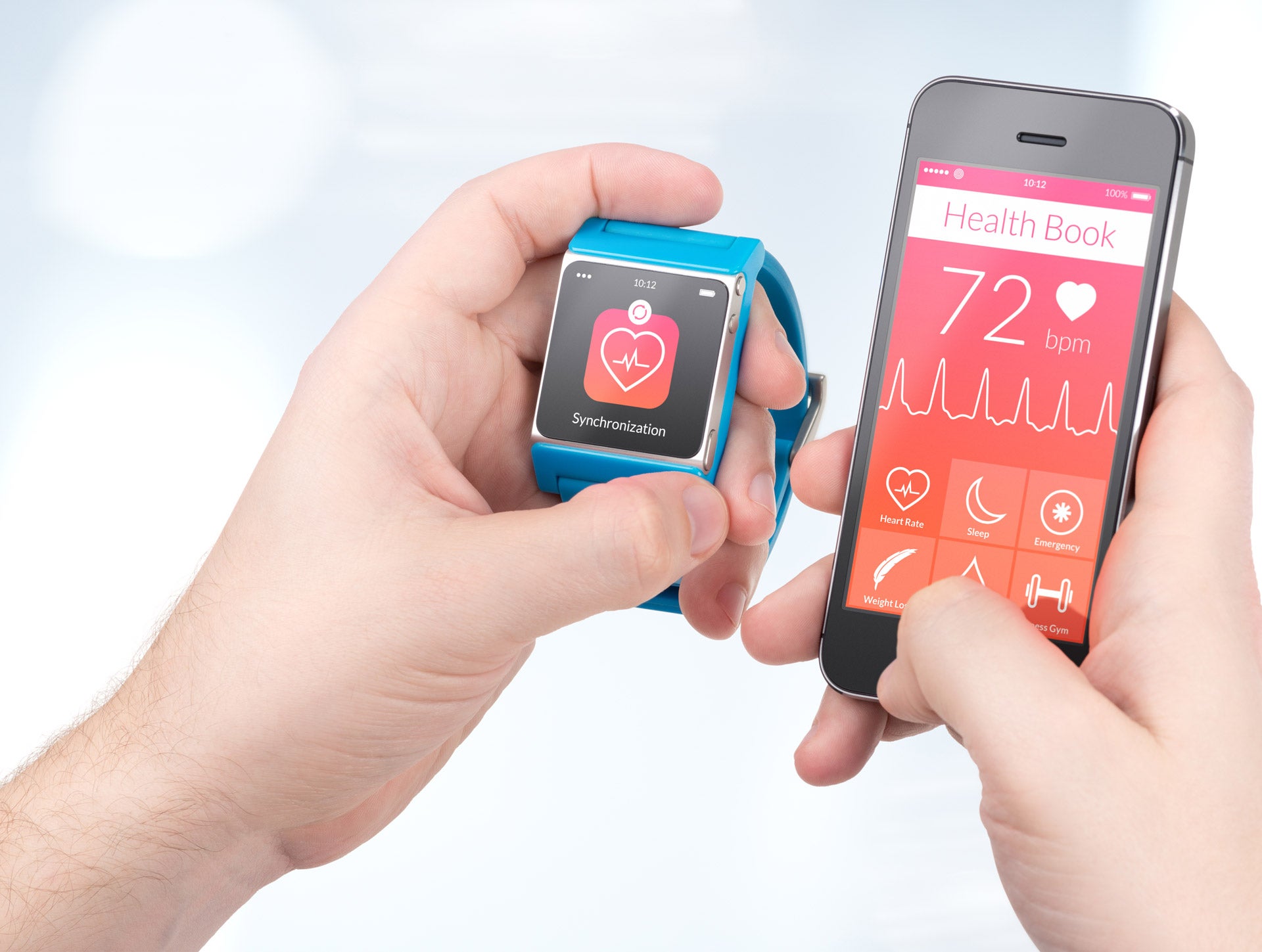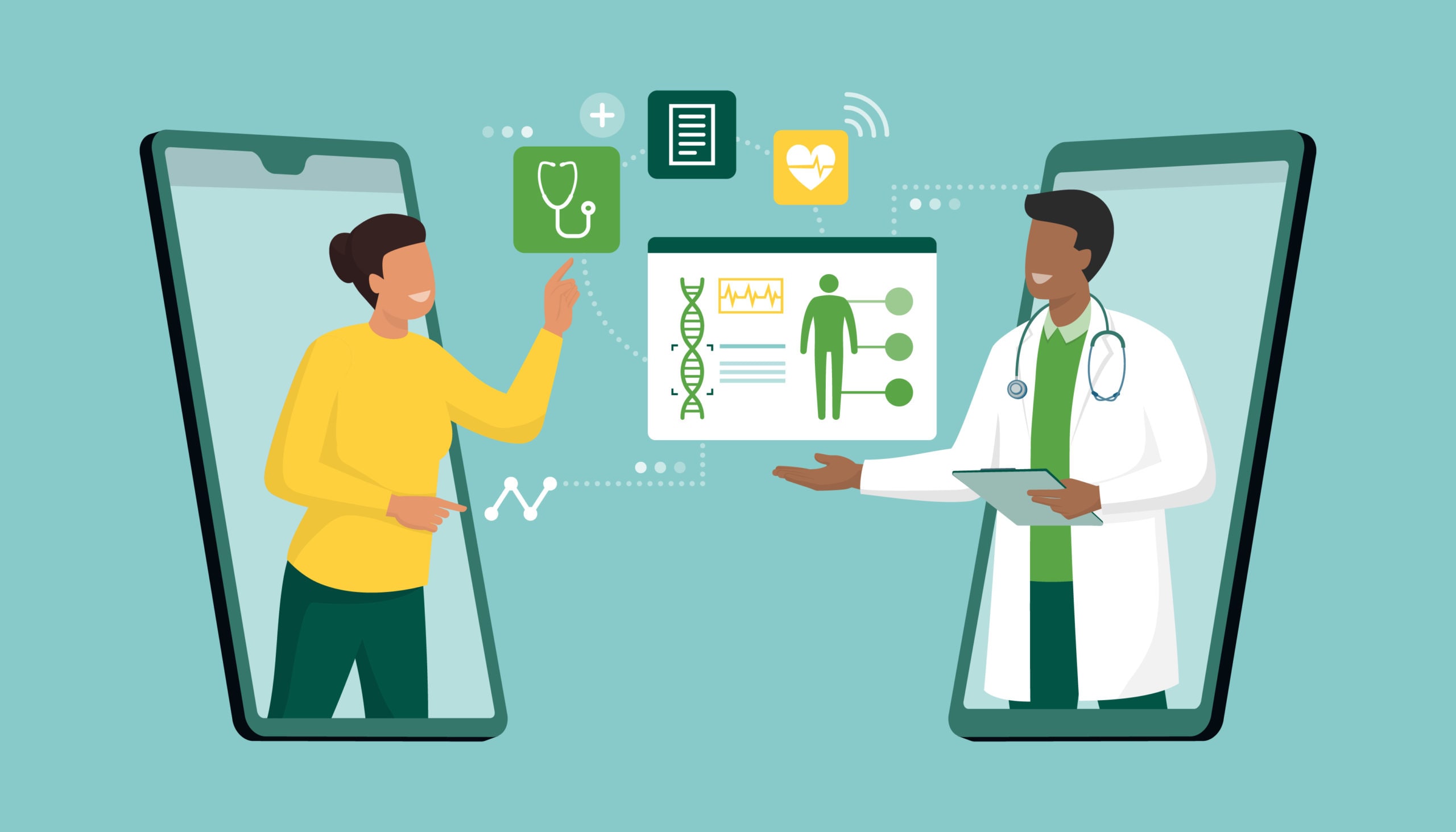The Ultimate Guide To Digital Health Monitoring: Empowering Patients With Personalized Care
How can digital health monitoring empower patients with personalized care? The Ultimate Guide To Digital Health Monitoring: Empowering Patients With Personalized Care provides a comprehensive analysis of this important topic.
Editors' Notes: The Ultimate Guide To Digital Health Monitoring: Empowering Patients With Personalized Care has published today, 23 JUN 2023. The importance of this topic has grown considerably over the past few years, and The Ultimate Guide To Digital Health Monitoring: Empowering Patients With Personalized Care provides critical information to help you understand the key issues.
Our team of experts has analyzed key trends, conducted extensive research, and consulted with industry leaders to assemble this guide. Whether you are a patient, healthcare professional, or policymaker, The Ultimate Guide To Digital Health Monitoring: Empowering Patients With Personalized Care will provide you with the insights you need to make informed decisions.
Key Differences
| Traditional Healthcare | Digital Health Monitoring |
|---|---|
| Reactive, episodic care | Proactive, continuous care |
| One-size-fits-all approach | Personalized care plans |
| Limited patient engagement | Empowered patients |
Transition to main article topics
FAQ
This FAQ section shall provide answers to several frequently asked questions regarding digital health monitoring to enhance the understanding of personalized care.

Innovista Health |Empowering Patients to Choose Emergency Department - Source innovista-health.com
Question 1: What are the benefits of digital health monitoring?
Digital health monitoring enables the collection of real-time data on a patient's health status, empowering them to make more informed decisions about their treatment and lifestyle. It also facilitates effective communication between patients and healthcare providers, leading to improved patient outcomes.
Question 2: How does digital health monitoring promote personalized care?
By gathering patient-specific data, digital health monitoring helps healthcare providers tailor treatment plans to the individual needs of patients, taking into account their unique health history and lifestyle. This personalization of care can result in more effective and efficient treatment.
Question 3: What are the challenges associated with digital health monitoring?
Some challenges include ensuring data privacy and security, overcoming health disparities, and addressing the digital divide. However, ongoing advancements in technology and collaboration between stakeholders are working to mitigate these obstacles.
Question 4: How can patients ensure the accuracy of their digital health data?
Patients can contribute to data accuracy by carefully following instructions for using monitoring devices, regularly calibrating them, and providing complete and honest information about their health status.
Question 5: What are the limitations of digital health monitoring?
Digital health monitoring may not be suitable for all patients, especially those with complex health conditions or cognitive impairments. It also relies on patients actively engaging with the technology and providing accurate information.
Question 6: How can digital health monitoring be integrated into healthcare systems?
Integrating digital health monitoring into healthcare systems requires collaboration between healthcare providers, technology companies, and policymakers. By establishing standards, developing interoperable systems, and providing training, effective integration can be achieved.
In summary, digital health monitoring holds immense potential to revolutionize personalized care The Ultimate Guide To Digital Health Monitoring: Empowering Patients With Personalized Care. By addressing challenges and capitalizing on opportunities, digital health monitoring can empower patients and improve overall health outcomes.
Transition to the next article section:
Tips
Empowering patients with personalized care involves leveraging digital health monitoring effectively. Here are some valuable tips to enhance the experience:
Tip 1: Establish Clear Goals: Define specific, measurable, achievable, relevant, and time-bound (SMART) goals for using digital health tools. This clarity ensures alignment between patient and healthcare provider expectations.
Tip 2: Choose User-Friendly Technology: Opt for digital health tools that are easy to navigate and understand. Simplicity reduces barriers to adoption and encourages regular use.
Tip 3: Prioritize Privacy and Security: Ensure that the chosen digital health tools adhere to strict privacy and security standards. Patient data must be protected to maintain trust and prevent misuse.
Tip 4: Integrate with Existing Healthcare Systems: Seek digital health tools that seamlessly integrate with existing healthcare systems, allowing for efficient data sharing and improved coordination of care.
Tip 5: Foster Patient Engagement: Engage patients throughout the digital health monitoring process, involving them in decision-making and providing personalized feedback. Active participation enhances patient empowerment and improves outcomes.
Tip 6: Train Healthcare Professionals: Provide comprehensive training to healthcare professionals on the effective use of digital health monitoring tools. Equipping professionals with the necessary knowledge and skills ensures optimal patient guidance.
Tip 7: Evaluate and Adjust: Regularly evaluate the effectiveness of digital health monitoring interventions and make adjustments based on patient feedback and evolving best practices. Continuous improvement ensures ongoing relevance and effectiveness.
These tips empower patients and healthcare providers to harness digital health monitoring effectively, leading to improved patient outcomes and a more personalized healthcare experience.
The Ultimate Guide To Digital Health Monitoring: Empowering Patients With Personalized Care
Digital health monitoring is rapidly transforming healthcare, empowering patients to actively participate in their well-being. This comprehensive guide explores the essential aspects that define the future of personalized care:
- Real-time monitoring: Wearable devices and sensors collect continuous data, providing insights into health trends.
- Personalized recommendations: AI algorithms analyze data to offer tailored advice on lifestyle, nutrition, and medication.
- Remote care: Telemedicine platforms enable convenient access to healthcare professionals for consultations and follow-ups.
- Medication adherence: Digital reminders and tracking tools improve medication compliance, enhancing treatment outcomes.
- Chronic disease management: Home monitoring empowers patients with chronic conditions to manage their health effectively.
- Preventive care: Early detection and intervention through data analysis reduce the risk of developing health issues.
These aspects work synergistically to create a patient-centric healthcare system. Real-time monitoring allows for early detection of health concerns, enabling timely intervention. Personalized recommendations empower individuals to make informed choices, promoting healthier lifestyles. Remote care bridges the distance barrier, providing access to expert medical advice from anywhere. Medication adherence tools improve patient outcomes by preventing medication errors and ensuring timely dosing. Chronic disease management empowers patients to actively manage their conditions, reducing hospitalizations and improving quality of life. Preventive care focuses on detecting potential health risks early, allowing for preventive measures to be taken. Together, these aspects empower patients with the knowledge, tools, and support to take charge of their health, revolutionizing the delivery of personalized and proactive healthcare.

Continuous health monitoring is the future of healthcare - Source www.verdict.co.uk
The Ultimate Guide To Digital Health Monitoring: Empowering Patients With Personalized Care
Digital health monitoring empowers patients with personalized care by providing real-time data about their health, enabling them to make informed decisions and collaborate with healthcare providers. This guide explores the connection between digital health monitoring and personalized care, emphasizing the importance of patient engagement, tailored treatment plans, and improved health outcomes.

Patient Engagement Technology is Revolutionizing Healthcare | Cisco - Source meraki.cisco.com
Digital health monitoring devices, such as wearable fitness trackers and blood glucose monitors, collect and transmit data to smartphones or other devices, allowing patients to track their vital signs, physical activity, and nutritional intake. This data can be analyzed by healthcare providers to identify trends, predict risks, and develop personalized care plans that are tailored to the individual's needs and preferences. By empowering patients with real-time information about their health, digital health monitoring promotes self-management, early intervention, and proactive healthcare.
The benefits of digital health monitoring extend beyond improved patient outcomes. It also reduces the burden on healthcare systems by enabling remote monitoring and early detection of health issues, reducing the need for in-person visits and emergency care. Furthermore, digital health monitoring can help reduce disparities in healthcare access by providing affordable and accessible care options for underserved populations.
The future of digital health monitoring holds promise for even more personalized and proactive care. Advancements in artificial intelligence and machine learning will enable devices to provide personalized insights and recommendations based on an individual's health data and lifestyle. As technology continues to evolve, digital health monitoring will play an increasingly vital role in empowering patients and transforming healthcare delivery.
Table: Key Insights on the Connection between Digital Health Monitoring and Personalized Care
| Aspect | Key Insight |
|---|---|
| Patient Empowerment | Real-time health data empowers patients to make informed decisions and actively participate in their care. |
| Tailored Treatment Plans | Healthcare providers can use patient-generated data to develop personalized care plans that address individual needs and preferences. |
| Improved Health Outcomes | Early intervention and proactive care based on digital health monitoring data can improve health outcomes and prevent complications. |
| Reduced Healthcare Burden | Remote monitoring and early detection reduce the need for in-person visits and emergency care, reducing strain on healthcare systems. |
| Healthcare Equity | Digital health monitoring provides affordable and accessible care options for underserved populations, reducing disparities in healthcare access. |